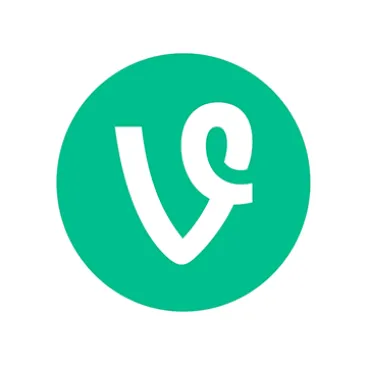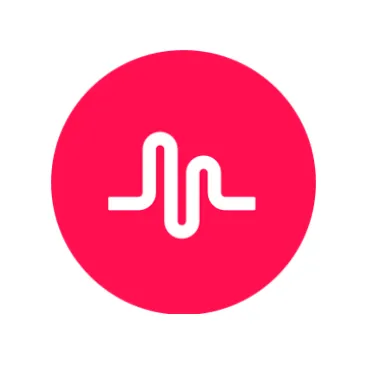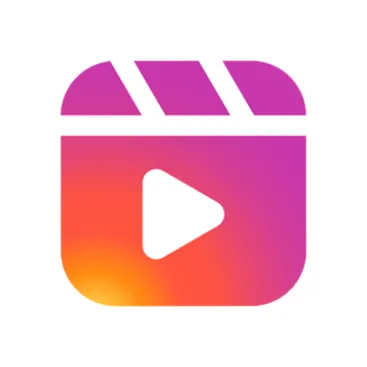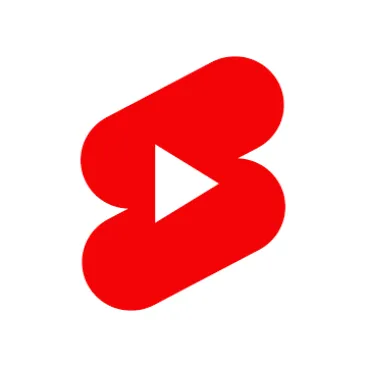
Getting viral: TikTok, Reels, Shorts, Triller, the fever of short form videos
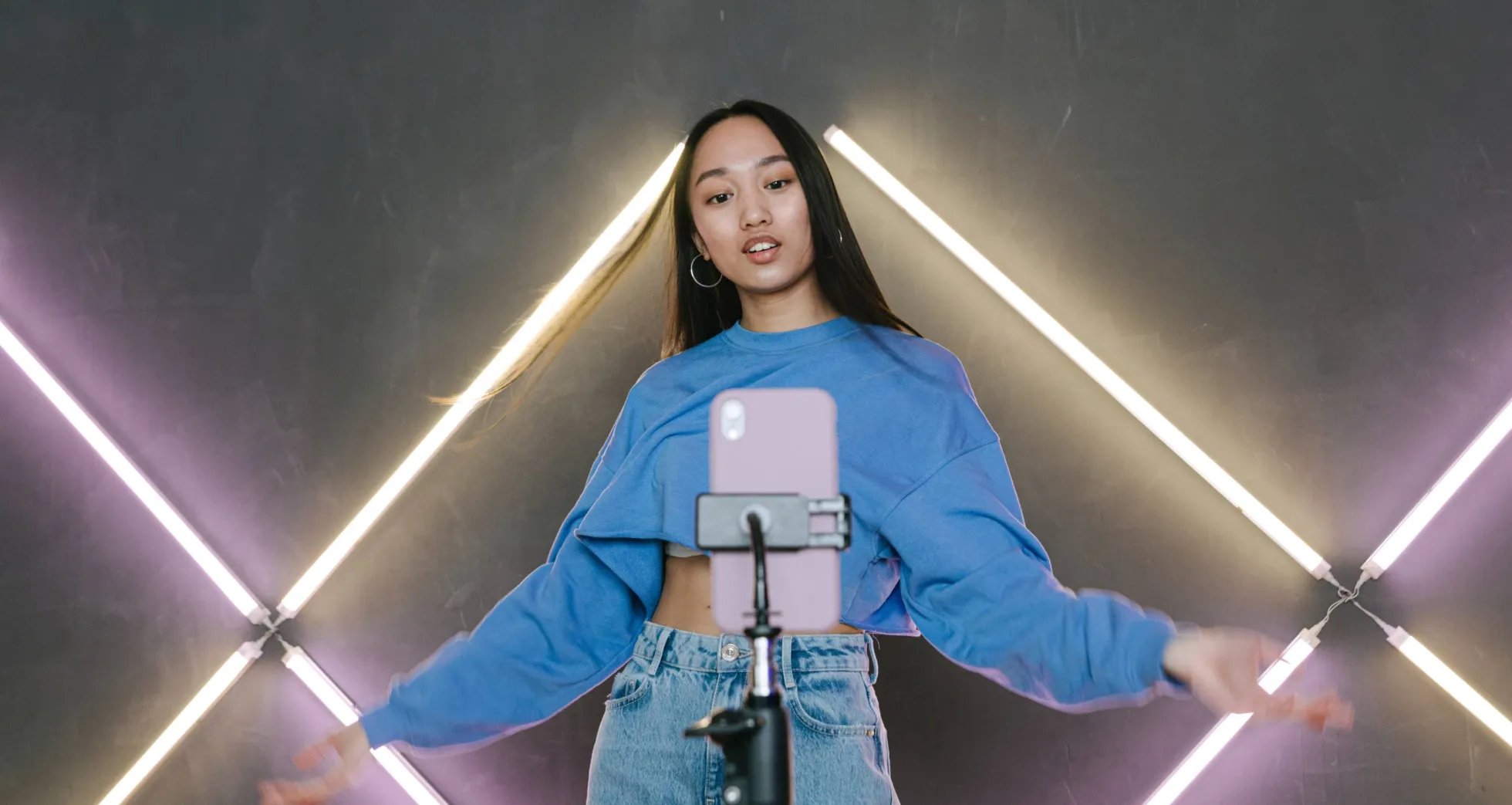
Defining what short forms are in 2021 is not as easy as it seems. A short form on TikTok or Triller it’s 60 seconds, on Instagram Reels 30 seconds and on Youtube it can be the other way around, reaching the 10-minutes mark at times.
Aside from length, what sets short-form videos apart is that they tend to be a vertical and mobile centric format that is aligned with trend culture.
But what is crucial about them is that in the past couple years they created a paradigm shift for the music industry due to the fast rise of TikTok’s popularity and its huge potential to break out new artists.
“Short forms have a lot of influence on streaming”
Elena Frost, Global Believe’s Partner Development Manager (TikTok & Triller)
With this sort of disruption opening up all kinds of possibilities for user engagement, social media platforms are picking up the pace to grab a piece of this new goldmine.
Since late 2018, we’ve seen Facebook coming up with the now defunct Lasso, Instagram with its Reels, Youtube running its first tests for Shorts, Snapchat opening up its Spotlight feature, and even Triller closing new strategic partnerships with short form influencers due to the threats TikTok has faced from the Indian and U.S. governments.
While it's still uncertain how all of this commotion will settle, what is true is that artists are facing a thriving ecosystem of short forms platforms whose highly engaged users and innate virality makes it ideal to build up an audience and capitalize it via digital streams.
How did we get here? A brief history of Short Form Video
This timeline leads us to the current short forms ecosystem where you can find TikTok as the biggest platform for the format with more than 800 million monthly active users, Instagram Reels and Youtube Shorts making attempts to lure their respective 1 and 2 billion monthly active users into their format, as well as Triller, an outsider alternative with 30 million active users.
The effectiveness of short forms for growing an audience
Short form videos are a reflection of today's internet culture. Their mix of ethereal content, recycling trends, high dose of memes and catchy hooks makes them a great format for catching the attention of users. This is reflected in the high engagement of users on TikTok, who spend on average more than 45 minutes per day on it. It is also a great place for music discovery, given that up to 75% of TikTok’s US users say they discover new artists on the platform, and 63% found new music they had not heard elsewhere.
However, the greatest value of the app is that it's a gateway to hit more views than you have followers. This is no coincidence as one of the key disruptive things about TikTok is its algorithm, bringing people together over trending content, music and filters without having to follow friends or any kind of accounts. Instead, it learns what the viewer likes and proposes more of that.
Yet, this is not only a thing on TikTok. Believe’s partner development managers experienced that Reels can generate more views than classic video posts on Instagram. A comparison of the success of a series of Reels and video posts on 18 artists observed that in 80% of the cases Reels outperformed the video posts. Same can be said for Youtube Shorts, as the early tests of the feature in India last year have also revealed the feature’s potential for user engagement and discovery.
Short forms can boost the streams of back catalogues
Even if current content on the internet might seem ethereal, it is constantly being recycled by users. This creates a revolving door that can keep older content alive as it is re-contextualized over and over again.
One of its most iconic examples can be seen in the way TikTok user @420DOGGFACE208’s simple lip sync video gave Fleetwood Mac’s a massive boost in streams. Another example can be the case of Believe’s artist Anson Seabra, who saw an important spike in streams for a song dated to 2018 when TikToker Sierra Kai lip synced its song “Welcome to Wonderland”.
Influencers and challenges can spur on and create trends, unleashing the power of user generated content
A key thing about short forms is that a lot of content takes inspiration from a specific concept that is copied and transformed by each person. Users can create large amounts of content around a certain song, especially when they see that popular influencers are already using it in their videos.
One great example of this is Believe’s Brazilian EDM star Sevenn, whose strategy alongside TikToker Andressa Fontinele resulted in more than 21k user generated videos using his new single. This is also true for Il Pagante, another Believe artist, who used four influencers to launch a summer holiday themed dance challenge #Portofinochallenge that spurred 46K creations using the track and 20,9M views on the hashtag.
"Short form takes user generated content to another level, it's an unprecedented form of communication where audiences add their own personality into the mix, so you have to make sure they understand what you're asking them to do"
Elena Frost, Global Believe’s Partner Development Manager (TikTok & Triller)
Another great example can be picked up from Believe’s artist NAZA - whose comic character was the key to inaugurate a simple dance challenge for his song Joli Bébé. With a very simple concept, the #jolibebechallenge generated 88.1M views on TikTok, with 739.1K videos created using the single as well as 6K of them created over on Instagram. As you would expect, this spilled over to plays on music streaming platforms, which in less than 4 months have reached more than 50 million streams.
Revenues from short forms are on the rise
It’s safe to say that the greatest benefit of having music available on short form platforms such as TikTok, Reels, Shorts, Spotlight or Triller is the visibility it can create for a profile. However, the coming of age of short form platforms is also solidifying the royalty payments that can be generated through them.
If music is uploaded to any of these platforms through a distributor it will generate royalties via content creation or video views (except on those cases where the feature is still running in a test phase, i.e. Youtube “Shorts” or Snapchat “Sounds” feature). The key to make the most out of it is to make sure the music is properly available within the app’s library so that audiences can use it too.
A recent report on MIDiA estimates that user generated content will be worth over $6B over the next years. For labels and/or artists, it’s a good time to grab a piece of the action and capitalize on this format.
